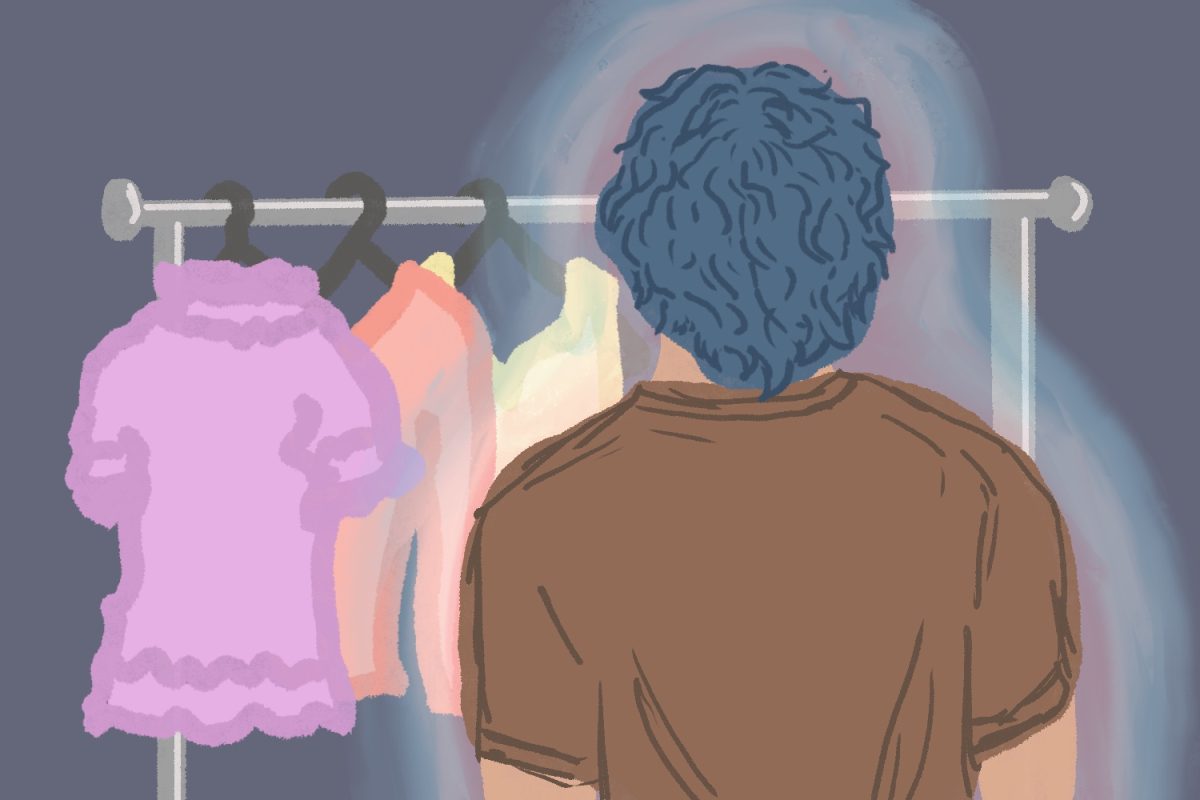The George Sherman Union is Boston University’s version of a student union, which typically provides a food court and study space for students. Meal swipes are not accepted at the GSU — instead dining points are — despite most of the restaurants in the space being BU-owned-and-operated.
The Union Court consists of a few outside chains including Panda Express, Basho, Pinkberry and Starbucks, which students can use dining points at, or their own money. The concept is admirable in theory: students purchase a meal plan and are able to spend a finite amount on non-BU dining options.
But at the GSU, students must also use their dining points to purchase food from Cranberry Farms, Cheeseology, Charles River Bread Co., Copper Kettle Soups, Loose Leafs Salads and Rhett’s Diner, which are all run by the university.
Each meal swipe is worth $10 and $13.25 in dining points for lunch and dinner respectively, according to BU Dining and many meals from the Union Court cost around those amounts in dining points. Why, then, are swipes not an acceptable form of payment at BU-owned eateries?
Any restaurant affiliated with the university that accepts dining points should also accept meal swipes for a predetermined meal, as chosen by the university based on its value. The same goes for options not in the GSU such as the various Late Nite Cafe’s and Bay State Underground.
This is not to say students should not still have the option to use dining points to get additional meals or sides, in addition to the prepackaged food available at some locations. It would simply allow us to employ the full value of our meal swipes.
Outside chains should remain solely under the current dining points system, as their contract with the university to use dining points does not change their profits. The prices are the same as at any other location of the chains and the funds are simply funneled through BU first in the form of dining plans.
Students are forced to ration dining points in order to not run out at the front end of the semester, minimizing student use of the Union Court and maximizing BU’s profit, since dining hall meals are likely much cheaper to produce. They are made in bulk and each station has a set meal they provide as opposed to a full, customizable menu.
This means fewer ingredients and more efficiency, leading the university to constrain dining point use as much as possible, which saves their own money but exploits students’. Until this year, dining points were not legitimate forms of payment anywhere except the GSU and a few scattered locations around campus with very limited hours.
The Daily Free Press ran an editorial in March suggesting that BU allow dining points to be used at several locations on campus that were previously restricted to convenience points, which are charged to student accounts and come out of our pockets. Beginning this semester, the university allows dining points at many of these locations, most notably the options underneath Warren Towers.
This was an important step in improving the dining plan program on campus, as it allows students to use their dining plans toward chain restaurants and convenience stores, as opposed to only convenience points that are not part of our plans. But there is still more to be done.
Plenty of other schools currently use the system we are suggesting. At Northeastern University, for example, their Curry Student Center is full of outside chains that accept the school’s form of dining points, which they call “dining dollars.”
The only exception at Curry is The West End, a NU cafe that accepts meal swipes in addition to dining dollars.
Student unions typically provide more variety and convenience than dining halls, which you cannot take food home from, other than through programs such as Rhetty-to-Go that have extremely limited options. This especially affects students that work or have extracurriculars during dining hall hours and cannot always make it in time to use their meal swipes.
NU Dining also provides a solution to its students to address this, with restaurants spread across campus that accept swipes as alternatives to dining dollars.
Instead of a meal swipe in exchange for a set meal, Outtakes, an NU cafe, allows students to use a meal swipe in exchange for up to 8 dining dollars. The NU Dining website explicitly presents Outtakes as an option for using meal swipes “when you don’t have time to sit down and eat in one of the dining rooms.”
The only parallel to this that BU currently has in place is the Rhetty-to-Go meals, which have extremely limited options of sandwiches or salads, and must be ordered at least 24 hours in advance. The GSU is the only place on campus that allows take-out all day long, but it ignores dining plans’ heavy reliance on swipes as opposed to points.
The Union Court’s reluctance to accept meal swipes is an obvious example of BU attempting to inflate their profit with little regard for student finances. Allowing meal swipes at BU restaurants, whether in the form of a set meal or an allocated amount of dining points per swipe, is the only fair solution.
We said it in March, and we will say it again: “the system should adapt to reflect students’ dining habits, not the other way around.”

















































































































